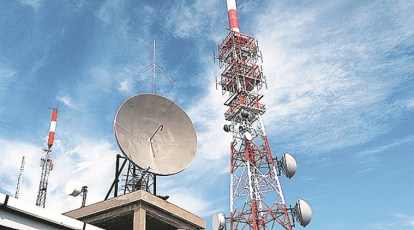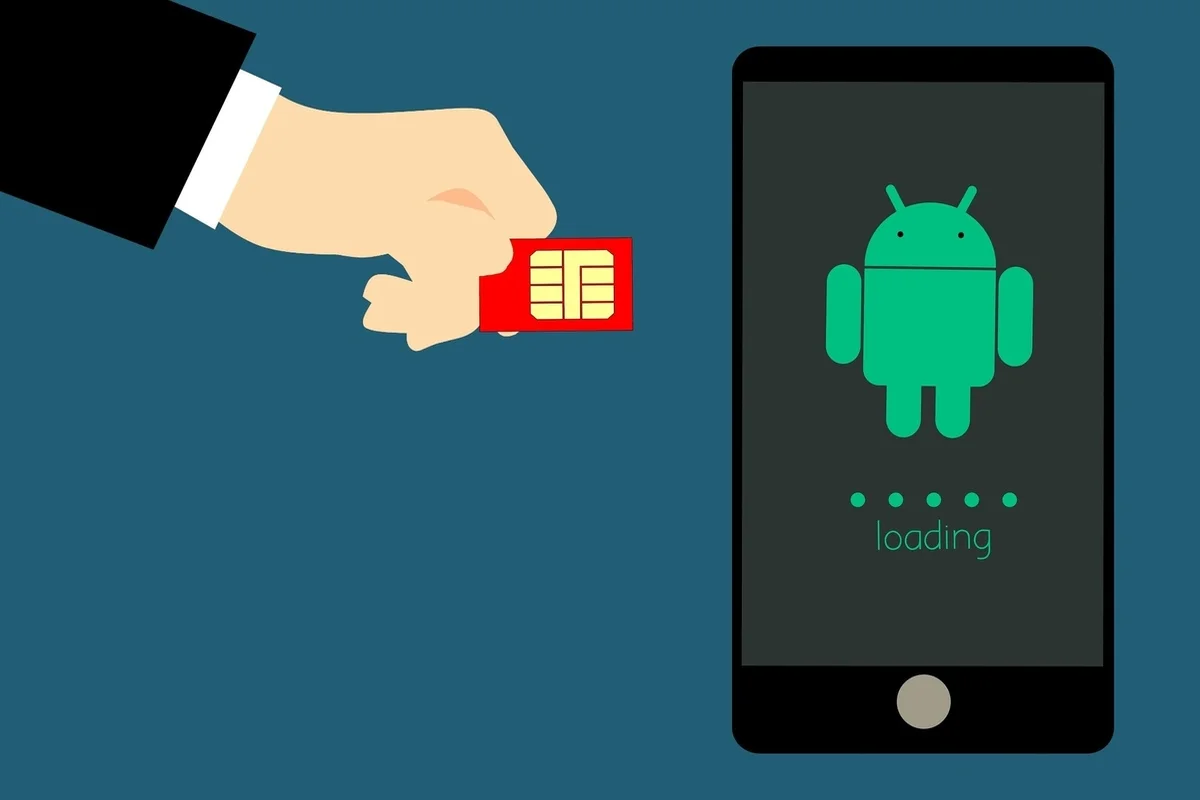Introduction
Reliance Jio, India’s largest telecom operator, has transformed the country’s digital landscape since its launch in 2016, offering affordable data plans and extensive 4G and 5G coverage. However, despite its widespread popularity, Jio users frequently report network issues, including slow internet speeds, dropped calls, and service outages. These problems, while not constant, can disrupt daily activities like work, communication, and online transactions. This article explores the common causes of Jio’s network struggles and provides insights into why connectivity issues occur, drawing on recent events and ongoing challenges.
Network Congestion in High-Demand Areas

One of the primary reasons for Jio’s network struggles is network congestion, particularly in densely populated urban areas. With over 450 million subscribers, Jio handles an enormous volume of data traffic, often leading to overloaded networks in cities like Mumbai, Delhi, and Bengaluru. In busy public spaces such as malls, railway stations, or business districts, the high number of users accessing the network simultaneously can strain local towers, resulting in slow internet speeds or dropped connections.
For example, users in metropolitan areas often report sluggish 4G and 5G performance during peak hours, such as evenings or weekends. This congestion is exacerbated by Jio’s popularity, as its affordable plans attract a massive user base, putting pressure on infrastructure designed to handle high but not always unlimited demand.
Infrastructure and Maintenance Challenges
Jio’s rapid expansion has required significant investment in infrastructure, including cell towers, fiber optic networks, and data centers. However, maintaining and upgrading this infrastructure to keep pace with growing demand can lead to temporary disruptions. Routine maintenance, tower upgrades, or unexpected technical issues, such as equipment failures, can cause localized outages or reduced signal strength.
A notable instance occurred on June 16, 2025, when Jio experienced a widespread outage affecting mobile data, voice calls, and JioFiber services, particularly in Kerala but also in cities like Mumbai and Hyderabad. The disruption, which began around 1:30 PM IST, was linked to a fiber cut in Tamil Nadu, as confirmed by a Jio official. Over 12,000 user complaints were logged on Downdetector, highlighting the scale of the issue. While services were restored later that day, such incidents underscore how infrastructure vulnerabilities, like fiber cuts or data center issues, can significantly impact connectivity.
Transition to 5G and Compatibility Issues
Jio’s aggressive rollout of 5G services across India has been a game-changer, but it has also introduced challenges. Jio operates on a Standalone (SA) 5G architecture, which requires compatible devices and specific network settings. Many users face connectivity issues because their smartphones are not fully compatible with Jio’s 5G bands (n28, n78, n258) or are set to Non-Standalone (NSA) mode instead of SA. Outdated software or incorrect Access Point Name (APN) settings can further prevent devices from connecting to 5G networks, resulting in fallback to slower 4G or no connection at all.
Additionally, the transition to 5G involves reconfiguring existing infrastructure, which can temporarily disrupt 4G services in some areas. Users in regions with partial 5G coverage may experience inconsistent signal strength as their devices switch between 4G and 5G networks, leading to connectivity gaps.
Environmental and Geographical Factors
Geographical and environmental factors play a significant role in Jio’s network performance. In rural or remote areas, where tower density is lower, users often experience weak signals or no coverage. Urban areas with dense buildings or thick walls can also obstruct 4G and 5G signals, which struggle to penetrate certain structures. Jio’s 4G-only and 5G networks rely on higher-frequency bands that are less effective at penetrating obstacles compared to older 2G or 3G networks used by competitors like Airtel.
Weather conditions, such as heavy rain or storms, can further disrupt connectivity by damaging fiber cables or affecting tower functionality. For instance, past outages in regions like Himachal Pradesh and Uttarakhand have been linked to weather-related damage to fiber infrastructure, though Jio has generally managed to limit major disruptions in such cases.
Device and User-Related Issues

Not all network problems originate from Jio’s infrastructure. User devices can contribute to connectivity issues in several ways:
- Outdated Settings: Incorrect APN settings or failure to enable 4G/5G-only mode can prevent proper network access. Jio recommends resetting APN settings via the MyJio app or manually configuring them to ensure compatibility.
- SIM Card Issues: A improperly inserted SIM card or one placed in the secondary slot of a dual-SIM phone can lead to signal problems.
- Device Compatibility: Older smartphones or those not updated to the latest software may struggle to connect to Jio’s 5G network or maintain stable 4G connections.
- Overloaded Devices: Multiple apps running simultaneously or a full device cache can slow down internet performance, mimicking network issues.
Users can often resolve these problems by restarting their devices, toggling airplane mode, or resetting network settings, but many fail to do so, attributing the issue solely to Jio’s network.
Customer Service and Communication Gaps

Jio’s customer service has faced criticism for being slow to respond or resolve network issues, which amplifies user frustration during outages. On June 16, 2025, for example, users on X expressed dissatisfaction with JioCare’s lack of timely updates during the outage, with some reporting no response to complaints. The absence of a dedicated voice call support line and reliance on bots or the MyJio app for troubleshooting can leave users feeling unsupported, especially during widespread disruptions.
Competitive Pressures and Pricing Challenges
Jio’s competitive pricing, while a boon for consumers, puts pressure on its ability to invest in infrastructure upgrades. Recent tariff hikes have not fully offset the costs of expanding 5G networks and maintaining existing 4G infrastructure. Competitors like Airtel and Vodafone Idea, while smaller, have focused on improving network reliability in specific regions, sometimes offering better coverage in areas where Jio struggles. This competition adds pressure on Jio to address network issues swiftly to retain its user base.
Steps Jio Is Taking to Address Network Issues
Jio is actively working to mitigate connectivity challenges:
- Infrastructure Expansion: Jio is deploying additional towers in high-demand areas and upgrading existing ones to support 5G and reduce congestion.
- 5G Rollout: By expanding 5G coverage to over 400 cities, Jio aims to offload traffic from 4G networks, though this process is ongoing and not yet universal.
- Troubleshooting Tools: The MyJio app offers diagnostics to identify and fix issues like poor Wi-Fi health or incorrect settings, reducing the need for technician visits.
- Contingency Measures: During events like cyclones, Jio has implemented backup equipment and intra-circle roaming with other operators to maintain connectivity.
Despite these efforts, the scale of Jio’s user base and rapid technological transitions mean that occasional disruptions are inevitable.
What Users Can Do
To mitigate Jio network issues, users can try the following:
- Check Coverage: Use apps like Opensignal to verify 4G/5G coverage in your area.
- Reset Settings: Update APN settings or reset network configurations via device settings or the MyJio app.
- Enable Airplane Mode: Toggle airplane mode to reconnect to the strongest available tower.
- Contact Support: Reach out to JioCare via the helpline (1800-889-9999) or the MyJio app for persistent issues.
- Consider Alternatives: In areas with chronic problems, explore other operators like Airtel or Vi for better coverage.
Conclusion
Jio’s network struggles stem from a combination of network congestion, infrastructure challenges, 5G transition issues, environmental factors, and device-related problems. While incidents like the June 16, 2025, outage highlight vulnerabilities like fiber cuts, Jio’s scale and ongoing investments in 5G and infrastructure suggest a commitment to improvement. Users can take proactive steps to troubleshoot issues, but Jio’s ability to enhance network reliability and communication will be critical to maintaining its dominance in India’s telecom market. As the company navigates these challenges, staying transparent about outages and investing in robust infrastructure will help ensure a more stable experience for its millions of users.
Last Updated on: Monday, June 16, 2025 11:22 pm by Rishi Akkaraju | Published by: Rishi Akkaraju on Monday, June 16, 2025 11:22 pm | News Categories: Tech
